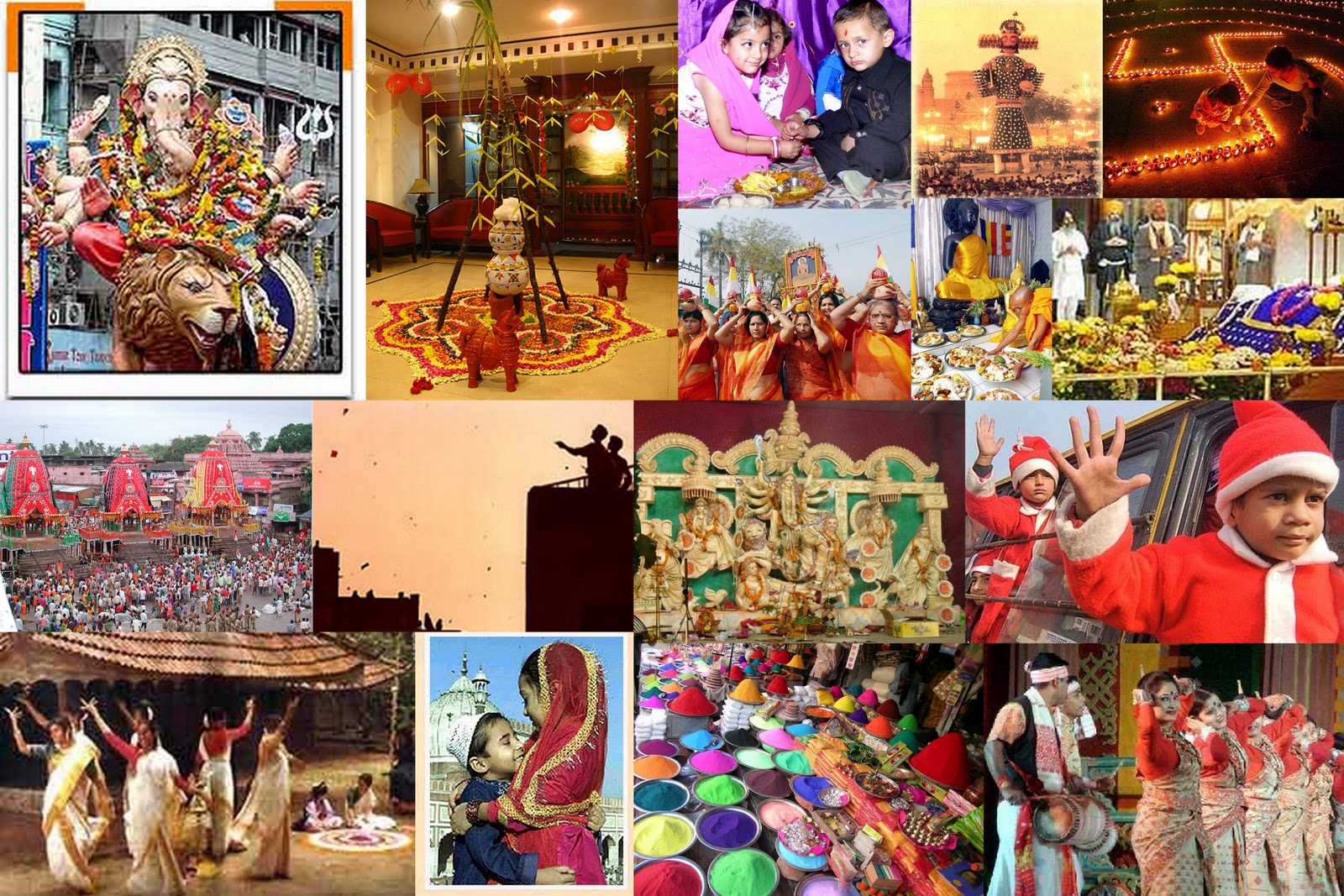Free sample essay on the Cultural Unity of India. India is a well-marked geographical unit. It is big in size and dimensions. It is more like a continent than a country. It is as large as Europe without Russia and about twenty times the area of Great Britain.
In its vastness are found such varied physical features and social conditions that India has aptly been described as the epitome of the world. It is a land of varied diversity. It is one of the most ancient cultures of the world.
ADVERTISEMENTS:
India is characterized to be country with the one in many, the individual in the aggregate, the simple in the composite. With them the whole is lost in the parts. The millions of people have different faiths and cults and observe different customs and rites. There are endless diversities in India. Despite, culturally India is one and whole.
The diversity itself far from being a damaging cause of disunity and weakness. It is a fertile source of strength and wealth. It is fundamentally tolerant and absorbing. This nature of Indian culture has helped to keep it alive.
The civilization of India has many features. It differentiates it from other regions of the world. But these attributes are common to the whole country. Indian culture is dynamic and flexible. It has survived many foreign invasions due to its great power of assimilation.
Even the early Indian history shows that the political consciousness of the people has from the very early times, grasped the whole of India as a unit. They assimilated the entire area as theatre of its activities. India is not a mere geographical expression, nor is it a mere collection of separate people, traditions and conventions. It is much more than this. The best proof lies in the fact that Indian history has quickened into life.
ADVERTISEMENTS:
India has many races, castes, sub-castes, and communities. But the heart of India is one. We are all heirs to a common and rich culture. Our cultural heritage consists of our art and literature as they flourished centuries ago. Our cultural heritage serves as a bond of unity between people of different faiths and creeds. India has over one hundred and fifty dialects and twenty-two recognised regional languages, but Hindi like English, has come to stay as the lingua franca of our nation. From Kashmir to Kanyakumari and from Mumbai to Nagaland, Hindi is now understood by the masses. It is recognised as the national language of India. It is a general medium of communication.
India has a rich cultural heritage. We are inheritors to several great treasures in the fields of music, fine arts, dance, drama, theatre and sculpture. Our sages and seers have left behind a tradition of piety, penance, spiritual greatness, conquest of passion, etc. Our scriptures are the storehouses of spiritual wisdom. Our saints and rishis aspired to the realisation of the infinite. We have inherited great spiritual values. It is quite contrary to the materialist west. The west has a lot to learn from India. Now more and more people in the United States and Europe are turning to the Indian way of life, ‘Indian yogis and maharishis, musicians and spiritual leaders, have all attracted them in a big way. The west is fast inclining towards our spiritual values. They include meditation and contemplation, charity and love, universal brotherhood and fear of God, piety and unselfishness, control of passions and peace of mind.
Our cultural unity is further exemplified by the temples of the South, the caves of the Khajuraho, Ajanta and Ellora, which are shining examples of India’s proficiency in sculpture and architecture. Our music has come to enjoy worldwide popularity. We should preserve our cultural unity.

